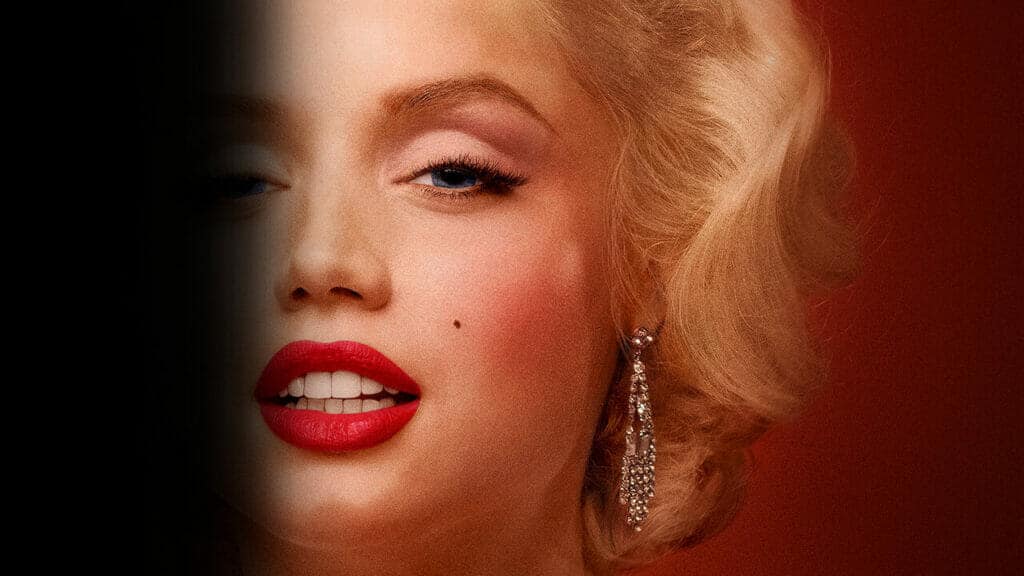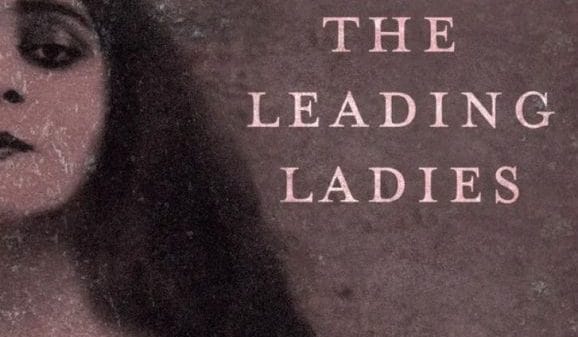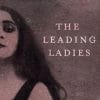With the explosive reviews of Andrew Dominik’s fictionalized portrayal of Hollywood icon, Marilyn Monroe, there are many things that leave a sour and unsettling taste in the mouths of the audience.
The director has openly declared that he never intended to look at Monroe’s ‘lasting legacy’, and instead admitted to wanting to focus on the events leading up to her death. ‘She killed herself. Now, to me, that’s the most important thing. It’s not the rest. It’s not the moments of strength.’ After one look at this interview, is it time we have a conversation about the fetishization of female pain?
The Beginning of Norma Jean
The film opens with the tragic childhood of Marilyn Monroe, born Norma Jean. Within the first half an hour of the film, the audience is subjected to brutal portrayals of child abuse, rape, and sexual assault. Though it is a known fact that Marilyn wrote of the sexual assaults she experienced when breaking into the industry, famously exposing ‘Mr Z’, who is assumed to be producer Darryl F Zanuk, it raises questions about what is and isn’t acceptable to depict on screen. Though other films have shown brutality such as this, it seems there is an element that makes it even more unsettling because Monroe is deceased and thus, this film is being made without consent or knowledge.
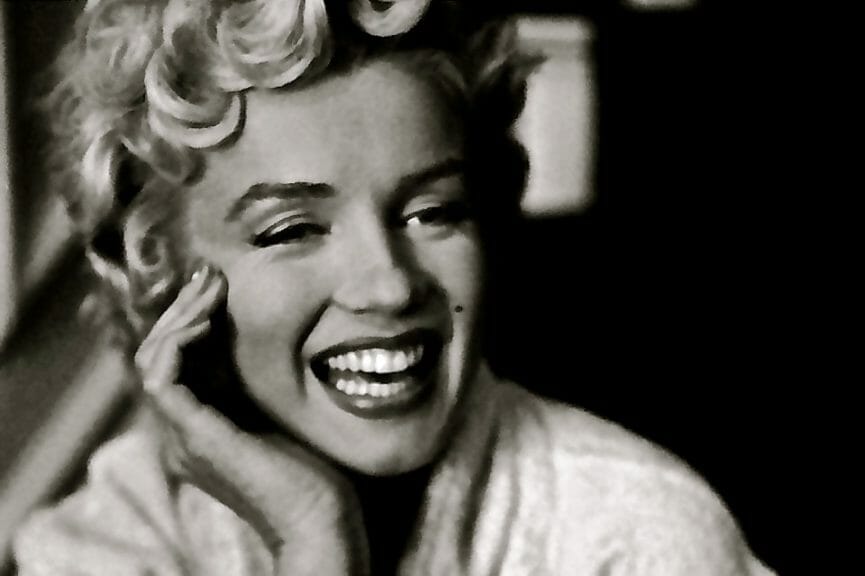
The Fetishization of Female Trauma
It’s difficult to think of a time when female pain was not seen as a form of entertainment. From Alfred Hitchcock’s infamous advice on making horror films (‘Torture the women!’), to the way Amy Winehouse’s death was depicted in the media and how it is still spoken about. Female pain is almost never viewed as anything more than something to gawk at.
The film has been criticized for depicting the victimization of Monroe as the most interesting thing about her. On-screen, it’s not unusual for women to sob and suffer for the male gaze and Andrew Dominik followed suit in his release of Blonde. His words have been circling around social media after an interview he did in which he said, ‘I’m not interested in reality I’m interested in the images’. It is hard to view this comment without seeing it as an open admittance to only being intrigued by the events of Marilyn’s life if they are traumatic and violent.
Exploitative and Anti-Abortion
The film was slammed for its depictions of rape and sexual assault, particularly by feminist activist, Emily Ratajowski, who said, ‘I’m not surprised to hear it’s yet another movie fetishizing female pain, even in death.’ Looking at the span of male directors and the exploitation of figures such as Princess Diana, Britney Spears, Whitney Houston, and even the likes of Ophelia in Hamlet, the need for a conversation about this seems essential. It appears that when female rage or trauma is depicted on screen it is sensationalized, rather than engaged with. Looking at someone’s tragedies can be done in a way that shows them coming out on a brighter side despite this. Though this is rarely done with women.

Monroe is reduced to her pain and her weakness. Reduced to her lack of a father. Reduced to her.. abortions? There are numerous unsettling and unnecessary scenes in which a fetus shown to be in a womb speaks to Monroe and taunts her for her abortions and miscarriages. Planned Parenthood issued a statement around this declaring, ‘It is a shame that the creators of Blonde chose to contribute to anti-abortion propaganda and stigmatize people’s health care decisions’.
Torture the Women!
Hitchcock’s statement from the 1960s seems to still resonate with male directors. Female trauma is still aestheticized. His statement is almost rephrased in Andrew Dominik declaring that Monroe wanted to, ‘destroy her life’.
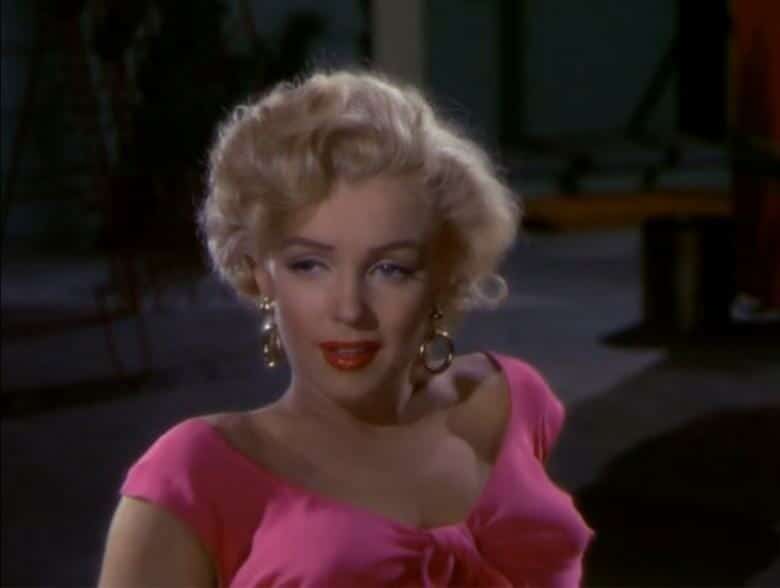
Women will sob, suffer and scream on screen, but none of this pain will be seen as anything to engage with. It is, and always has been, constructed to cater to a romanticized image that is more appealing to the male gaze. Blonde, is unfortunately a sensationalized depiction of Monroe’s life, a film that takes away her autonomy in the same way Dominik depicts the men in her life.


